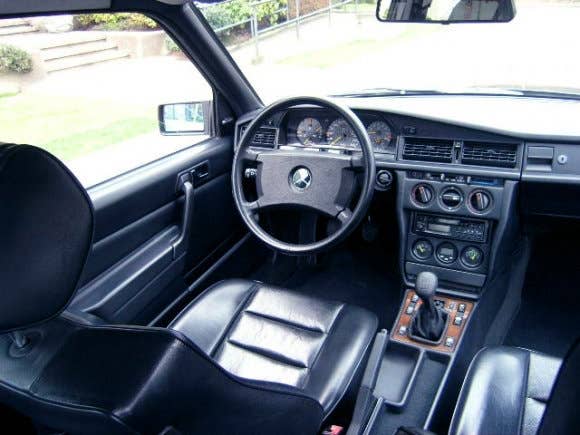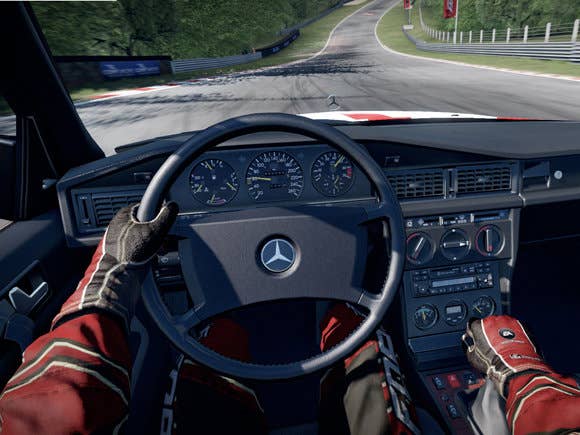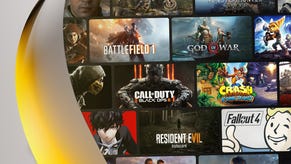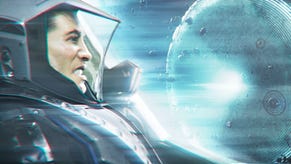Under the Bonnet: SHIFT 2 Unleashed - 1
Slightly Mad Studios on the creation of its latest racing epic
For existing tracks we mainly use GPS and CAD data which contain the track layout/width/elevation, armco placement and style, and gravel bed/kerb/tyrewall positions. Because many tracks are constantly changing in real life however, we then proceed to get the very latest reference data from photoshoots and research also in order to ensure the most up-to-date version of the track is recreated meticulously.
Of course we set out from the beginning to be as authentic as possible. However, what we found is that what is 'mathematically' correct in-game doesn't always necessarily 'feel' correct when playing due to the different field of view you are viewing the action from. Take Eau Rouge at Spa for instance - one of motoring's most iconic stretches of tarmac. Originally we input the CAD data and modelled the elevation change exactly as it is in real life. But when we came to play it it just didn't feel like the terrifying climb that it is in reality, mainly because you don't get the same physical feedback you have racing it in real life when lounging at home playing on the sofa.
In reality Eau Rouge is brutal - hitting the bottom of the climb makes your stomach lurch and your neck compress - all sensations that tell you of the elevation change and that can't be conveyed to the player via Dual Shock. So similar to other areas of the game where we simulate physical experiences (g-force head movement, crash dynamics) we enhance the technically correct data in order to recreate the real-world sensation. So in this case, we increased the elevation change, playing around with differing values until the game yielded the true feel - making Eau Rouge back into one of motorsport's most demanding and exciting corners. Of course, such enhancements are used sparingly only for cases where the 'emotional' experience is not being recreated by the maths - the 'Fuchsrohre' at Nordschleife and Bathurst for example.
We always start with real data that the car manufacturers give us and then plug it into our physics engine to give us a solid base. This is non-negotiable - there's nothing to interpret here or opinion to give, this is accurate to the manufacturer-spec.
Slightly Mad Studios as a company is renowned for its fanatical attention to detail, its dedication to realism and accuracy, and the audio team is no exception.
Our objective was simply to make the player's sonic experience as immersive and realistic as possible. The complex process begins with recording actual cars - either on a circuit or using a chassis dynamometer with specialist microphones. Once these have been carefully mastered, the in-game sound modelling starts; we model every single sonic signature of each vehicle including the engine, transmission, exhaust, gearing, turbo and superchargers, surface-dependent tyre noise, tyre type, wind, chassis resonance and suspension noise. For racing cars, additional techniques are used to capture and then convey the extreme amplitude and dynamic ranges involved.


I think the devil's in the details - SHIFT is a 'racing' game, not a 'driving' game. Therefore the feeling you may have had screaming down the motorway or hurtling down a particularly nice country road in a stock/factory car are very different to competitively and aggressively attacking a racing circuit in an upgraded/race-spec vehicle. The sounds are all different, the acceleration is much more intense, the weight of the car is lighter but the grip is better, the consequences for pushing too hard are dire, and there's a focused mental state you need to be in whilst your body is being punished by continual movement and adrenaline. This is the experience when you actually go and do it yourself in race-spec vehicles - which the team does at multiple points during the development process.
Simply playing other games or watching it on TV is not an option here as they will both give you false readings.
We always start therefore with real data that the car manufacturers give us and then plug it into our physics engine to give us a solid base. This is non-negotiable - there's nothing to interpret here or opinion to give, this is accurate to the manufacturer-spec. So you know when you're racing that it's the real deal. Through the process of creating the car, knowing what the engine is capable of, the sounds being recorded and getting out there to race it in real life the whole picture starts to be built up. Then we put it in the hands of real experts - both the insight of real-life racing drivers and community days where players get hands-on sessions.
Testing and iteration and further hands-on sessions occur using multiple platforms and gaming setups (wheels versus pads versus the infamous D-Box chair versus multiple-monitor setups etc) to get it to a place where we're confident we're delivering an authentic yet accessible experience.
It doesn't stop at cars either. Again, that idea of an 'X' helps here when it came to the feature of 'track degradation' and how the circuit gets chewed up over the course of a race. On TV, an incidental detail like the chunks of tire rubber thrown up by cars hardly ever show up (even in HD) but the feedback from the drivers was that those things are extremely prominent - and significant - to a driver since they have the potential to lose your grip on that portion of the track. When drafting an opponent in front too, they often bounce off the hood and hit the windscreen with a particular sound causing a distraction.
This kind of feedback is invaluable therefore since it gave our track artists a deeper sense of how prominent the black tire marbles should be against the gray tarmac compared to in-car and TV footage also being used as reference. It also gave a neat gameplay bonus too - now there was a risk/reward mechanism for drafting an opponent. Sure, you'll get a minor speed advantage but there's also the potential to be caught in a wake of his tires kicking up both gravel and tire rubber meaning a distraction as they hit the windscreen and a potential momentary loss of grip.






.jpg?width=291&height=164&fit=crop&quality=80&format=jpg&auto=webp)

